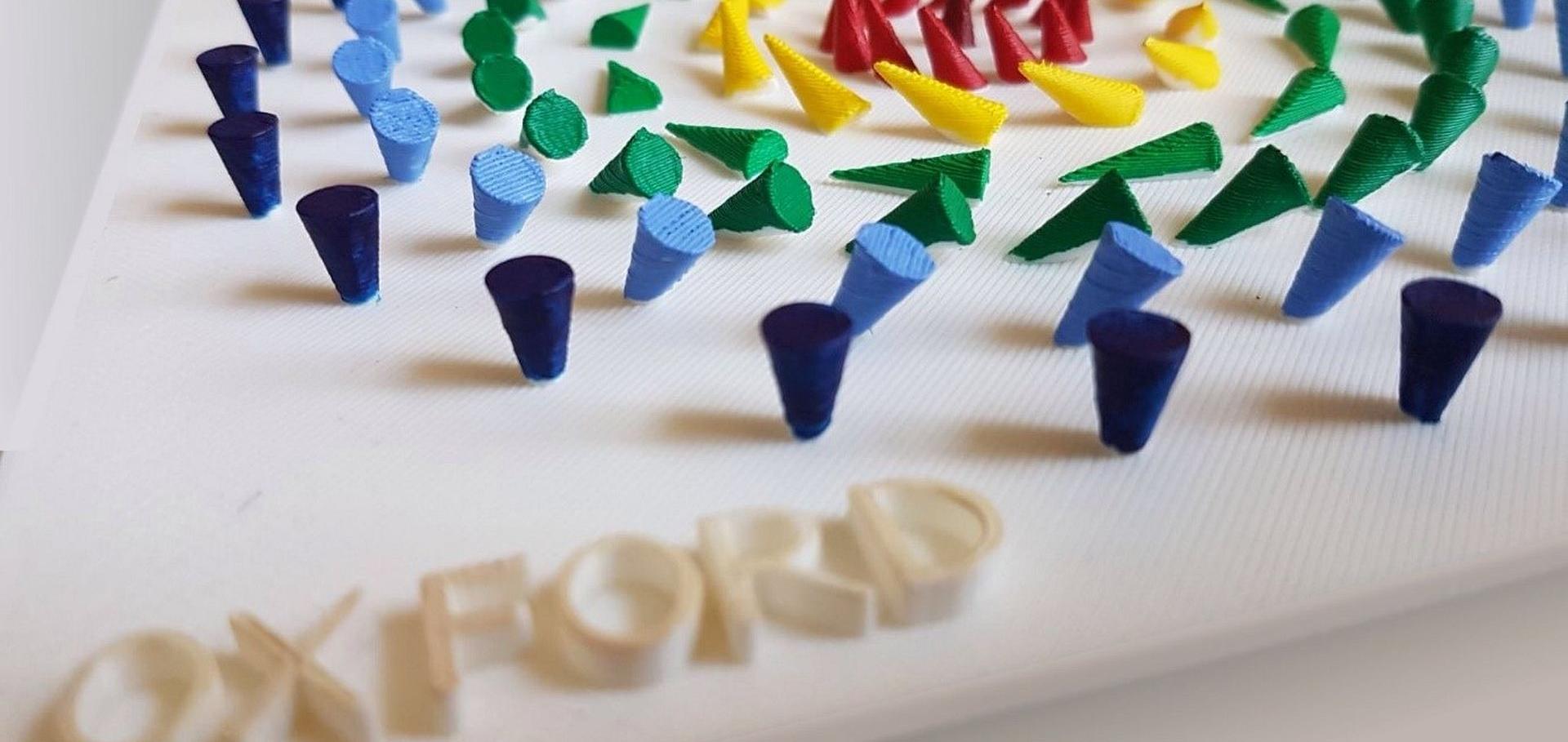Expanding the Lorentz Concept in magnetism
New Journal of Physics IOP Publishing 21 (2019) 073063
Abstract:
In 1878, the Dutch physicist Hendrik Antoon Lorentz first addressed the calculation of the local electric field at an atomic site in a ferroelectric material, generated by all the other electric dipoles within the sample. This calculation, which applies equally well to ferromagnets, is taught in Universities around the World. Here we demonstrate that the Lorentz concept can be used to speed up calculations of the local dipolar field in square, circular, and elliptical shaped monolayers and thin films, not only at the center of the film, but across the sample. Calculations show that long elliptical and rectangular films should exhibit the narrowest ferromagnetic resonance linewidth. In addition, discrete dipole calculations show that the Lorentz cavity field (u 0M/3) does not hold in tetragonal films. Depending on the ratio (b/a), the local field can be either less/greater than (u 0M/3): an observation that has implications for ferromagnetic resonance. 3D simple cubic (SC) systems are also examined. For example, while most texts discuss the Lorentz cavity field in terms of a Lorentz sphere, the Lorentz cavity field still holds when a Lorentz sphere is replaced by a the Lorentz cube, but only in cubic SC, FCC and BCC systems. Finally, while the primary emphasis is on the discrete dipole-dipole interaction, contact is made with the continuum model. For example, in the continuous SC dipole model, just one monolayer is required to generate the Lorentz cavity field. This is in marked contrast to the discrete dipole model, where a minimum of five adjacent monolayers is required.Cr2Te3 thin films for integration in magnetic topological insulator heterostructures
Scientific Reports Nature 9 (2019) 10793
Abstract:
Chromium telluride compounds are promising ferromagnets for proximity coupling to magnetic topological insulators (MTIs) of the Cr-doped (Bi,Sb)2(Se,Te)3 class of materials as they share the same elements, thus simplifying thin film growth, as well as due to their compatible crystal structure. Recently, it has been demonstrated that high quality (001)-oriented Cr2Te3 thin films with perpendicular magnetic anisotropy can be grown on c-plane sapphire substrate. Here, we present a magnetic, and soft xray absorption spectroscopy study of the chemical and magnetic properties of Cr2Te3 thin films. X-ray magnetic circular dichroism (XMCD) measured at the Cr L2,3 edges gives information about the local electronic and magnetic structure of the Cr ions. We further demonstrate the overgrowth of Cr2Te3(001) thin films by high-quality Crdoped Sb2Te3 films. The magnetic properties of the layers have been characterized and our results provide a starting point for refining the physical models of the complex magnetic ordering in Cr2Te3 thin films, and their integration into advanced MTI heterostructures for quantum device applications.The effect of substrate and surface plasmons on symmetry breaking at the substrate interface of the topological insulator Bi2Te3
Scientific Reports Nature Research 9 (2019) 6147
Abstract:
A pressing challenge in engineering devices with topological insulators (TIs) is that electron transport is dominated by the bulk conductance, and so dissipationless surface states account for only a small fraction of the conductance. Enhancing the surface-to-volume ratio is a common method to enhance the relative contribution of such states. In thin films with reduced thickness, the confinement results in symmetry-breaking and is critical for the experimental observation of topologically protected surface states. We employ micro-Raman and tip-enhanced Raman spectroscopy to examine three different mechanisms of symmetry breaking in Bi2Te3 TI thin films: surface plasmon generation, charge transfer, and application of a periodic strain potential. These mechanisms are facilitated by semiconducting and insulating substrates that modify the electronic and mechanical conditions at the sample surface and alter the long-range interactions between Bi2Te3 and the substrate. We confirm the symmetry breaking in Bi2Te3 via the emergence of the Raman-forbidden ܣଵ௨ ଶ mode. Our results suggest that topological surface states can exist at the Bi2Te3/substrate interface, which is in a good agreement with previous theoretical results predicting the tunability of the vertical location of helical surface states in TI/substrate heterostructures.Rare Earth Doping of Topological Insulators: A Brief Review of Thin Film and Heterostructure Systems (Phys. Status Solidi A 8∕2019)
Wiley (2019)
Oriented 3D magnetic biskyrmions in MnNiGa bulk crystals
Advanced Materials Wiley 31:17 (2019) 1900264


